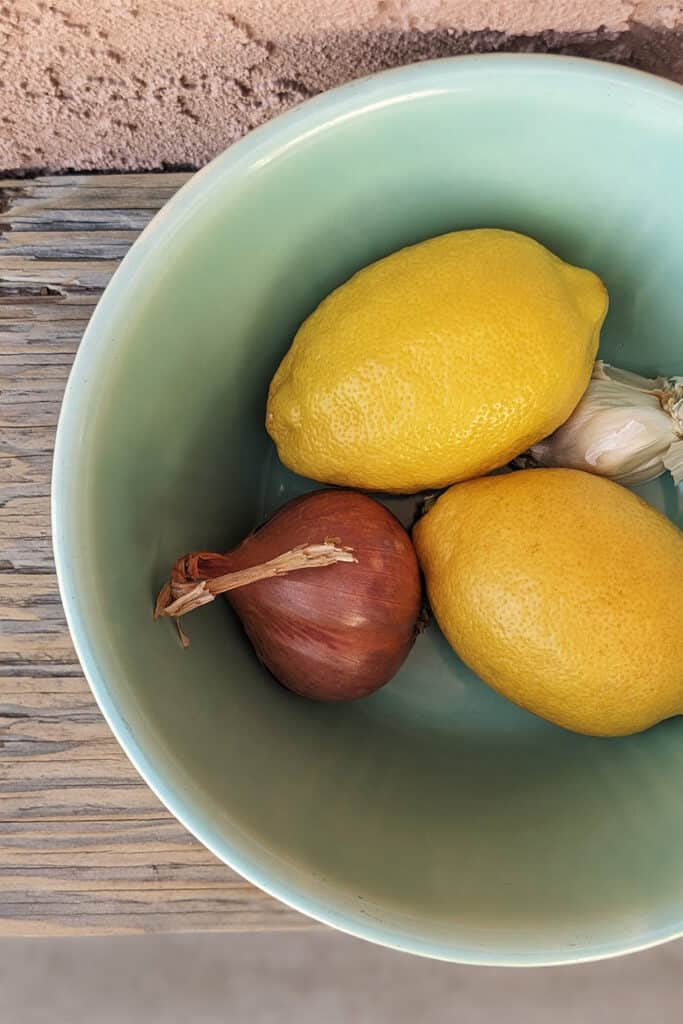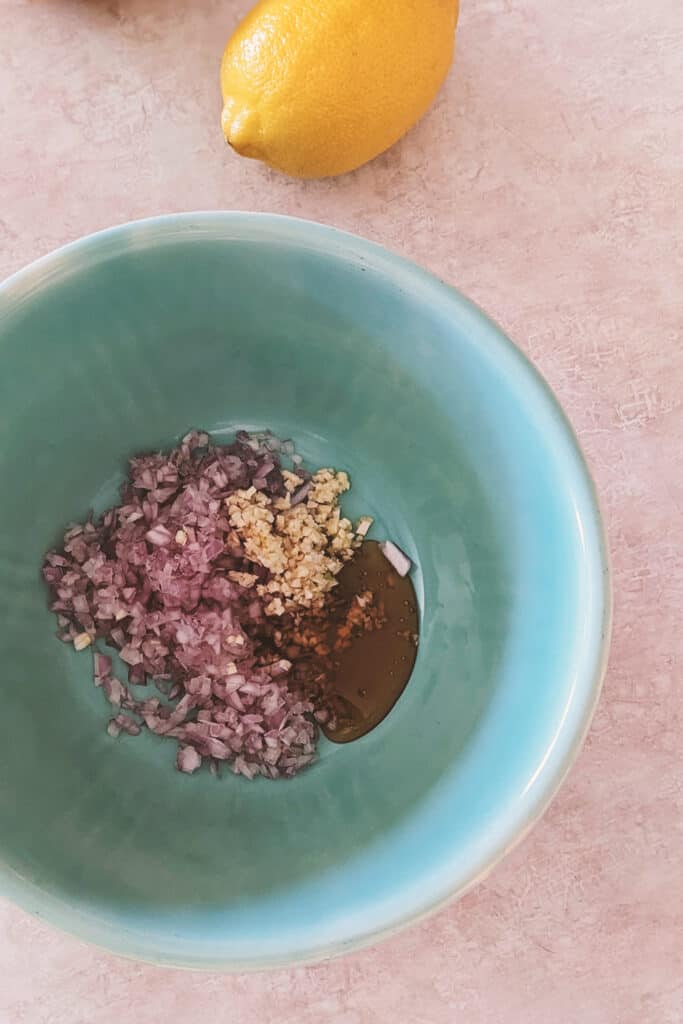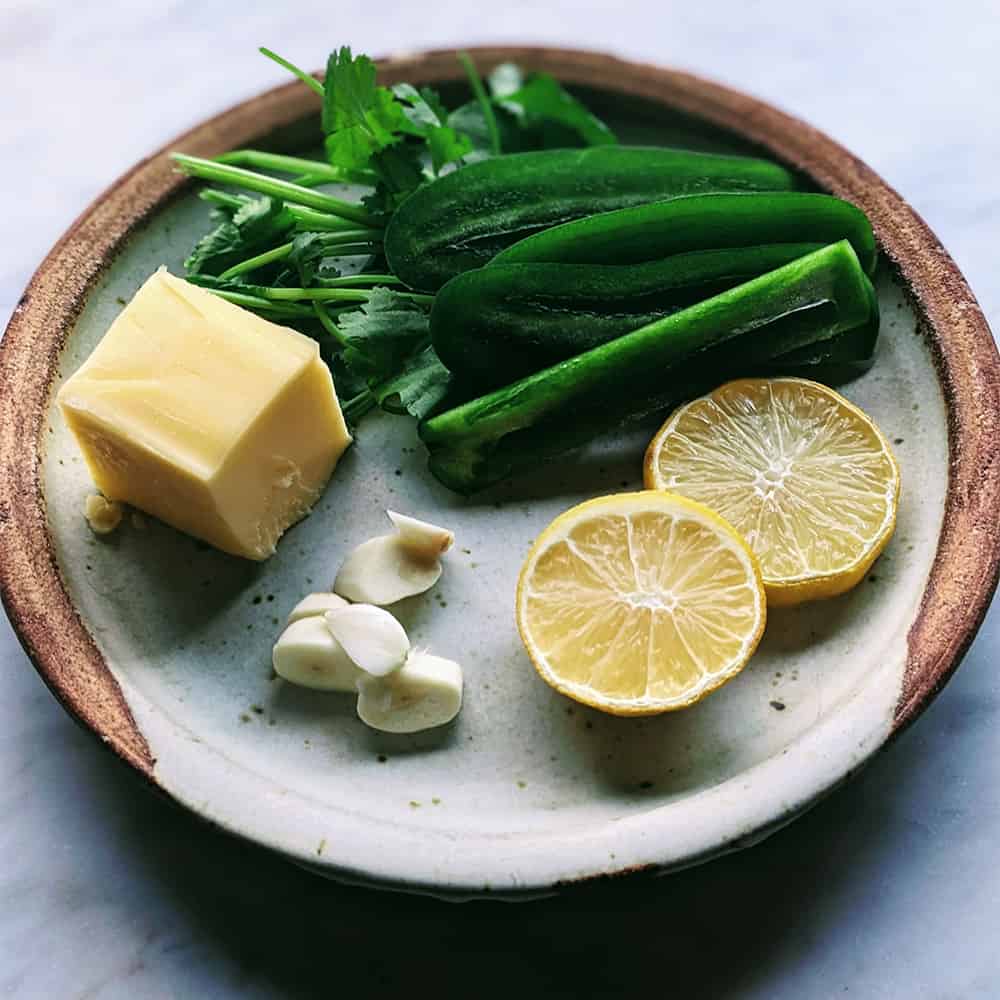I love to keep a vinaigrette in the fridge for the week. It makes a lunchtime salad easy, it’s easy to grab for dipping raw vegetables in for a snack, sometimes I find myself drizzling some inside a sandwich or in a chicken, tuna, pasta, or grain salad, or on top of all types of grilled vegetables. The bottom line? A simple vinaigrette is more savvy and useful than it might appear.

I know I’ve talked about it before, but this is a nook-and-cranny kind of dressing. I have to admit they are my favorite kind. Sure, they can be tossed with all kinds of greens but this kind of dressing functions at its best when it’s topically applied, meaning to spoon on top creating an uneven coating.
Why in the world does anyone want an uneven coating of dressing you might be asking? It all comes down to the element of delight and surprise. Imagine you are eating a salad and with the first bite you taste some greens, some golden beets, and a bit of goat cheese and in general everything is lightly dressed in a bright, lemony vinaigrette. That salad sounds pretty good and as I write this, I’m starting to feel a bit hungry for lunch. Now, imagine you are eating another salad and with the first bite you taste some greens, some golden beets, a bit of goat cheese and then BAM, a burst of lemon, olive oil, honey, shallot, and some savory element you can’t describe (here it’s the garlic that’s mellowed in the olive oil and acid) has found a spot to hide inside a fold of greens. This is the delightful experience of a nook and cranny dressing. It’s the finely chopped shallot and garlic that gives the dressing the ability to concentrate flavors and hide. I sometimes use other ingredients to function in this way, like crushed grapes or diced apples. You’ll probably notice that the olive oil hardens in the fridge. Just remove the jar about 15 minutes before using or run the sealed jar under hot water for a minute.
This is the dressing I make most often and never measure the ingredients. The lemon juice is interchangeable with many kinds of vinegar like red wine vinegar, white wine vinegar, champagne vinegar, and rice wine vinegar. I encourage you to try this by either following the recipe or not. I have complete faith that your eyes and your mouth will guide you.

Everyday Vinaigrette
This everyday lemon vinaigrette makes a lunchtime salad simple, it’s easy to grab for dipping raw vegetables in for a snack, sometimes I find myself drizzling some inside a sandwich or in a chicken, tuna, pasta, or grain salad, or on top of all types of grilled vegetables. The bottom line? An everyday vinaigrette is more savvy and useful than it might appear.
- Prep Time: 15 mins
- Cook Time: 0 mins
- Total Time: 15 mins
- Yield: 1 cup
- Category: Salads
- Method: chop
- Cuisine: French
Ingredients
- 1-2 shallots, depending on size, finely chopped
- 2 garlic cloves, finely chopped
- 1/4 c. freshly squeeze lemon juice
- 1/3 c. extra virgin olive oil
- 1 T. honey
- 1 T. dijon mustard
Instructions
Chop what needs chopping, squeeze what needs squeezing, and whisk all ingredients together and store in the refrigerator for up to a week. So simple, so easy. You’re a pro!







